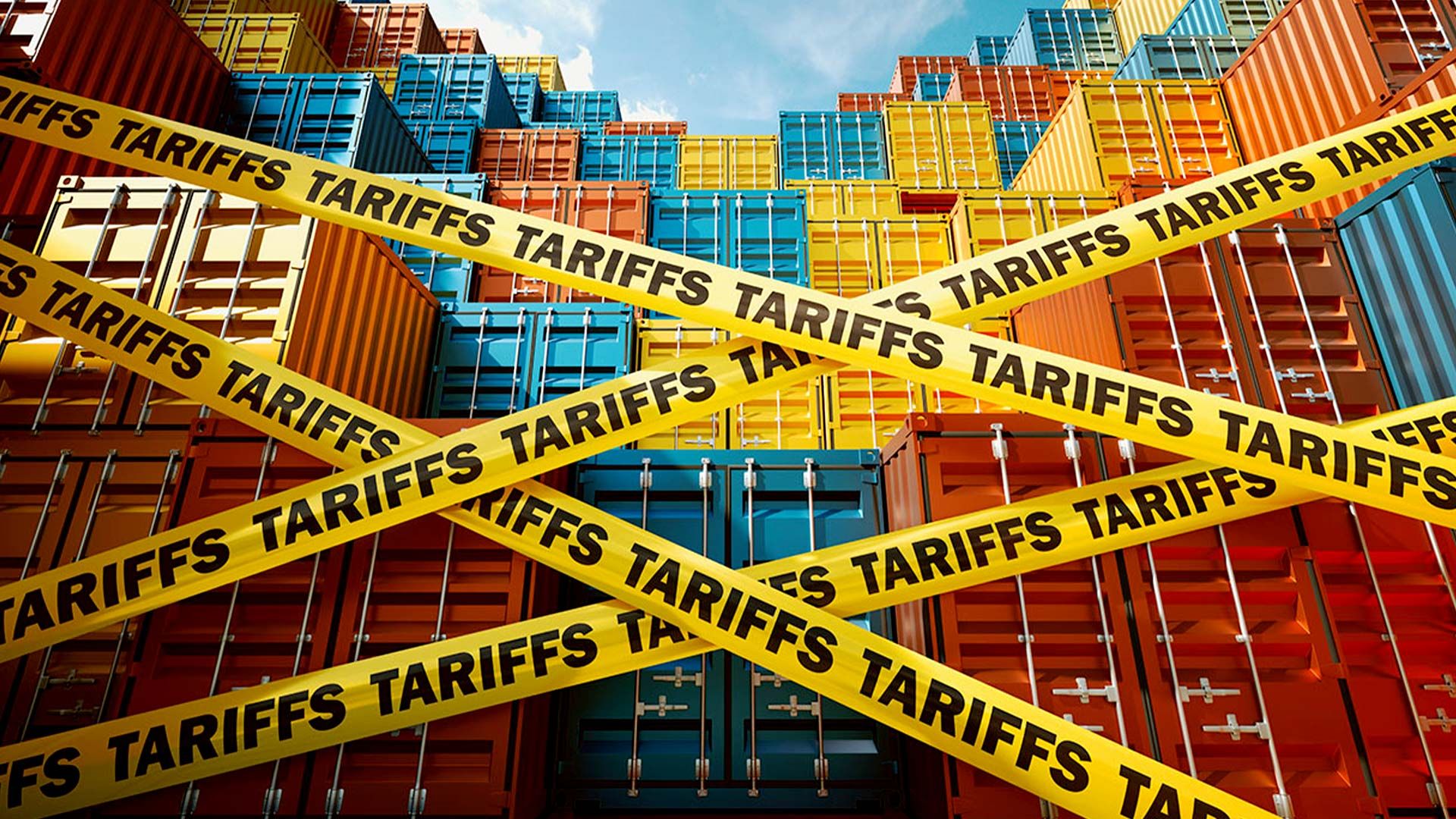July 30, 2025
SARB’s Steady Hand
Navigating Global Headwinds with Rates likely on hold at 7.25%

Global Inflation Dynamics and US Trade Tensions
The world economy continues to grapple with unpredictable and possible shifts in inflation driven by international factors. Notably, the US Federal Reserve (Fed) appears poised to hold rates steady, adopting a “wait-and-see” approach as it assesses the impact of upcoming trade tariffs, which are scheduled to re-emerge on August 1. These tariffs, which will affect imports from countries without “new” trade agreements with the US, threaten to elevate inflation in the US by increasing the prices of imported goods, and potentially spilling over into the rest of the world and emerging markets like South Africa.
From a South African standpoint, the slight uptick in consumer inflation from 2.8% in May to 3.0% in June has not yet triggered a need for rate hikes. However, it underscores the importance of remaining vigilant, especially as inflationary pressures could intensify if imported costs rise due to trade disruptions. Fortunately, the Rand remains relatively stable against the US dollar, and international crude oil prices have stayed within a manageable range ($65–$70), which helps contain inflationary pressures for now. However, it is worth noting that the oil price exceeded the $72 mark in recent days.
Domestic Factors Supporting the Status Quo
South Africa’s trade balance is inching in our favour, with the Terms-of-Trade improving slightly from 109.1 in Q4 2024 to 109.9 in Q1 2025. This means we are paying less for imports relative to what we earn from exports, easing inflationary burdens in the short term. Nonetheless, the looming 30% tariffs on US-bound agricultural and manufactured exports threaten to undermine this stability, risking a decline in export competitiveness and potential job losses in key sectors.
In addition, domestic inflation remains sensitive to administered prices such as electricity and water that continue to outpace general consumer inflation. These increasing costs reduce household disposable income and can stoke inflation further, creating a complex trade-off for the SARB. The central bank faces the challenge of balancing the need for accommodative policy to encourage growth against the imperative of maintaining price stability.
The Rationale for a Steady Rate
Given the current conditions, the MPC’s inclination to hold interest rates steady aligns with the cautious approach highlighted by recent economic data. The marginal increase in inflation and stable external environment provide room for policymakers to pause, especially with the potential for global inflationary pressures to ease if trade tensions diminish.
The outlook suggests that any future rate adjustments will hinge on the trajectory of inflation, the strength of economic recovery, and external uncertainties. While lower interest rates could support domestic demand, notably in retail and credit markets, the SARB remains wary of external shocks that could destabilise inflation expectations or dollar-rand dynamics.
Policy Outlook and Risks
The SARB’s long-term goal of lowering inflation to around 3% remains intact, implying that tighter monetary policy could be contemplated if inflationary pressures from external shocks intensify. Conversely, an environment of subdued inflation, aided by favourable exchange rates and stable oil prices, suggests a patient stance for now.
However, the risk of escalating trade tensions from the US and global geopolitical turmoil prompts the SARB to maintain a vigilant stance. Further rate cuts later in 2025 may still be on the table should domestic demand pick up and external shocks be mitigated, but for the moment, the emphasis remains on data-driven prudence.
Conclusion
In summary, the upcoming MPC decision is expected to reflect a conservative approach of status quo at 7.25%. While domestic conditions support a hold, the complex interplay of international uncertainties, trade policy risks, and domestic inflationary pressures makes any shift unlikely. The Reserve Bank’s cautious stance underscores its commitment to safeguarding South Africa’s economic stability amid turbulent global waters, ensuring that monetary policy remains aligned with the country’s broader fiscal and trade priorities.











